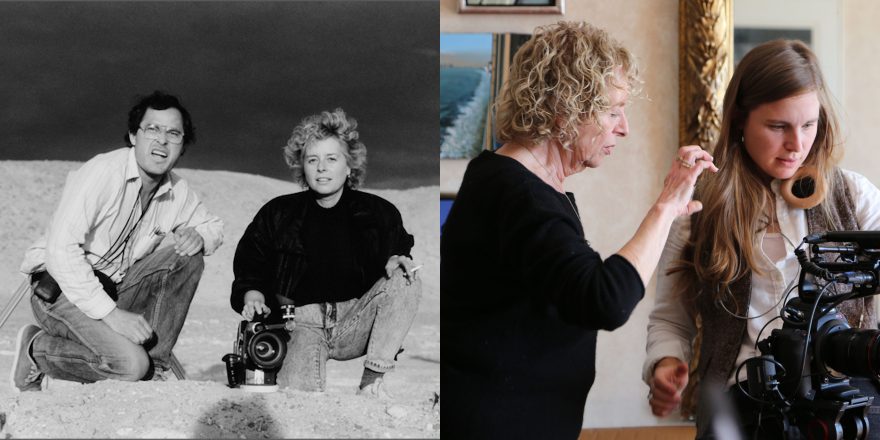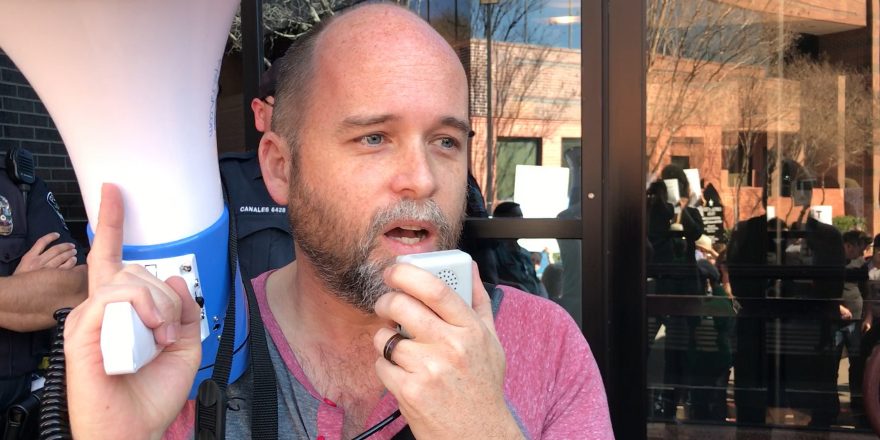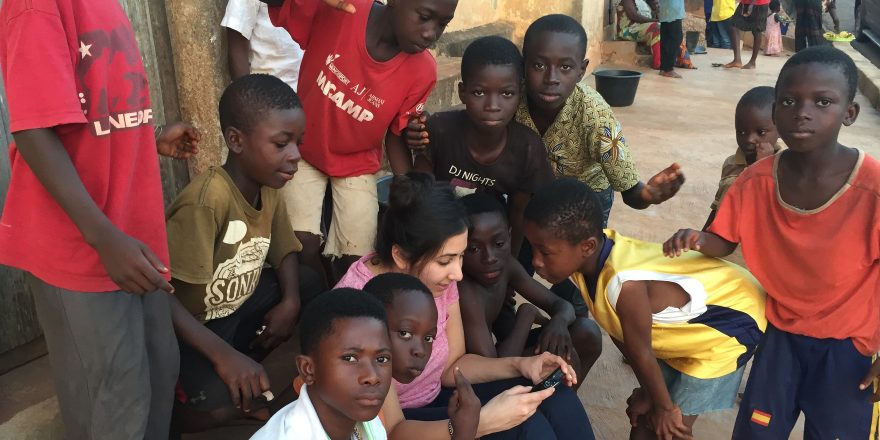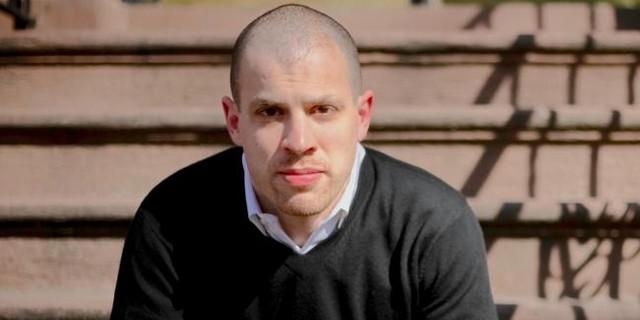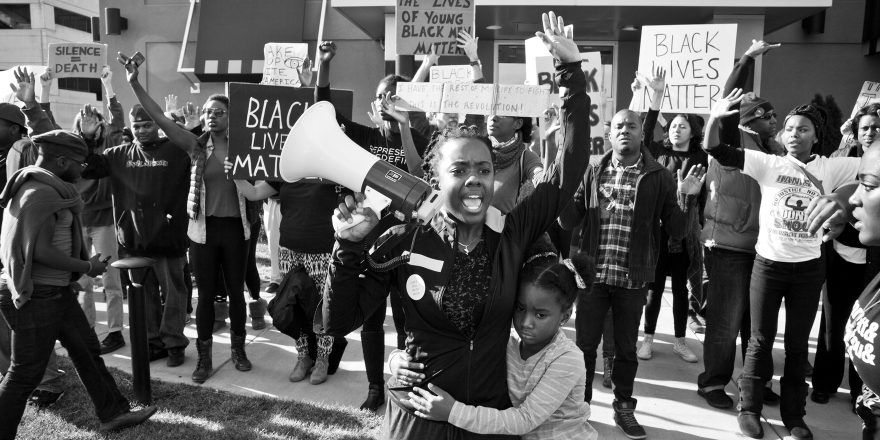The recent release of The Trial of the Chicago 7 stirred up a flood of memories and associations for those of us who’ve been around long enough to remember those days. For me, there’s a direct link from the historic protests of the summer of 1968 to my becoming a documentary filmmaker.
Back then I was an ordinary, middle-class studious type from a family of scientists and intellectuals. I was attending Mount Holyoke College, an all-girls liberal arts college in Western Massachusetts, and frustrated by my inability to get more involved in the burgeoning peace movement that was breaking out on other campuses. In my senior year, I left MHC to attend the University of Michigan, where I figured I could get more into the center of the action. (Tom Hayden, one of the main characters of The Trial of the Chicago 7, wrote the Port Huron Statement, the founding document of Students for a Democratic Society, in Michigan.)
The summer before I went to Michigan, I attended the life-changing Woodstock music festival. There was no turning back! I was now not only an anti-war peacenik, but a hippie.
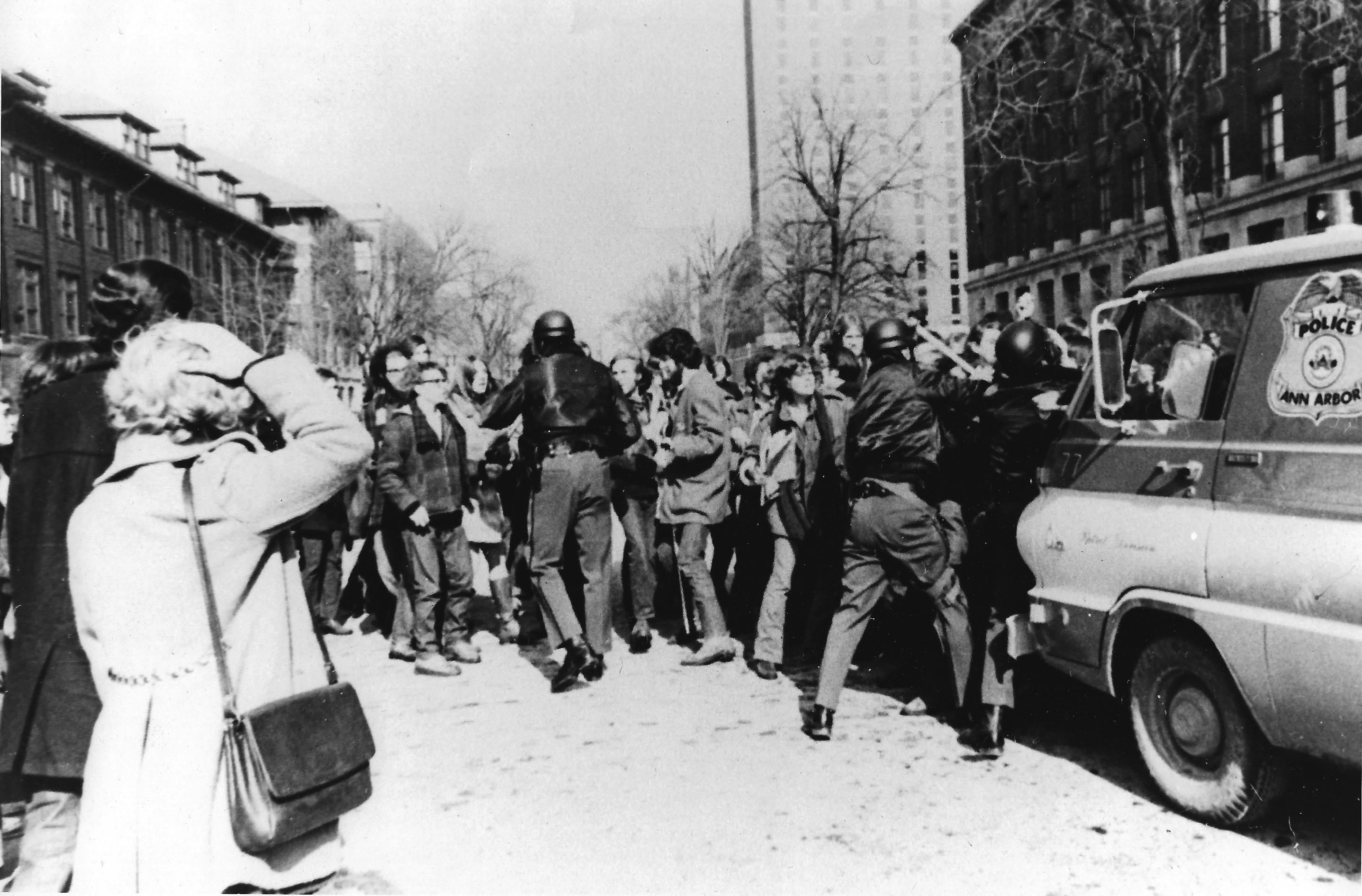
Soon after I arrived in Ann Arbor, I met a group of slightly older filmmakers from an organization called Newsreel. They were making a film about a radical Black labor organization in Detroit, the League of Revolutionary Black Workers. I started an Ann Arbor “satellite” of Newsreel, spending most evenings showing anti-Vietnam War and pro-worker and pro-Black Panther films all over campus and to community organizations. I discovered that I was much more comfortable behind the projector (and later the camera) than out front making speeches or leading meetings. And I saw first-hand the power of film to spark discussion, change people’s minds, and provoke action. One night after a showing of a couple of Newsreel films, the audience marched on the ROTC building at the University of Michigan and occupied it.
I got to see all of the action I wanted in Ann Arbor, as the anti-war movement was growing in intensity and size all across the country.
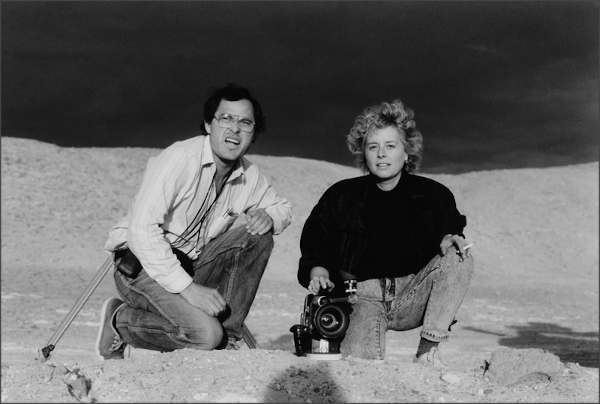
But there was another political movement that arose at the same time, which was perhaps even more significant in my eventual formation as a filmmaker. It was the early days of what has come to be known as the second wave of the feminist movement. I distinctly remember the night I read an essay in a provocative underground newspaper called Rat, which was published on the Lower East Side of New York and had been taken over by a group of radical women. The essay was titled “Goodbye to All That” and written by Robin Morgan. It was literally as if the scales dropped from my eyes. It described how women had been sidelined in the movement, relegated to secretarial and coffee-making roles, regarded as sex objects or caretakers, blocked from leadership roles, and denied legitimacy. Once again, there was no turning back from the truth of what I read, and what I had experienced.
The women within Newsreel revolted, and demanded their share of decision-making and of filmmaking. It was a lucky time for me to be a young member; by then I had made my way to New York and joined the group there. The women demanded access to equipment, training and film stock. At that time, there were almost no women working professionally behind the scenes in film, except as editors. I remember going to a Young Lords demonstration in East Harlem, and someone thrusting a Bolex into my hand, saying, “Here, you shoot. Pan in this direction.”
In addition to having found two political movements, I now discovered a love of film craft. In Newsreel we did all of the work collaboratively, which had its downside, but meant that we all learned to do each job, including directing. I eventually gravitated toward editing, which I ended up doing professionally to support myself while making independent films for 20 years.
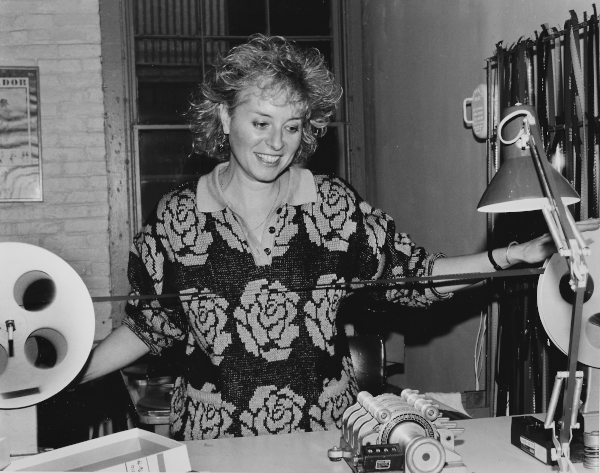
My earliest films, made in collaboration with other women who had been in Newsreel, were about women’s issues – sex education for young women, and single motherhood (How About You?, Chris and Bernie). I went on to make well-recognized films about American labor history (The Wobblies), struggles for human rights in Central and Latin America (Nicaragua: Report From the Front; Witness to War: Dr. Charlie Clements, which won the Academy Award for Short Documentary; Fire From the Mountain; Dance of Hope). I later made films about artists, and a poetry writing class in the South Bronx (From the Ashes: 10 Artists; To Be Heard) before embarking on the most recent film, Queen of Hearts: Audrey Flack.

As soon as I met the octogenarian Audrey Flack, a trail-blazing feminist, rebel, mother, painter, sculptor and teacher, she captivated me. Her story, which took five years to bring to the screen, deals not only with Audrey’s authentic art, but is also about her #MeToo moment (which happened before that term had been coined), her struggles as the mother of an autistic child, and her indomitable spirit battling for a place in the art world among the greats of the second half of the 20th century.
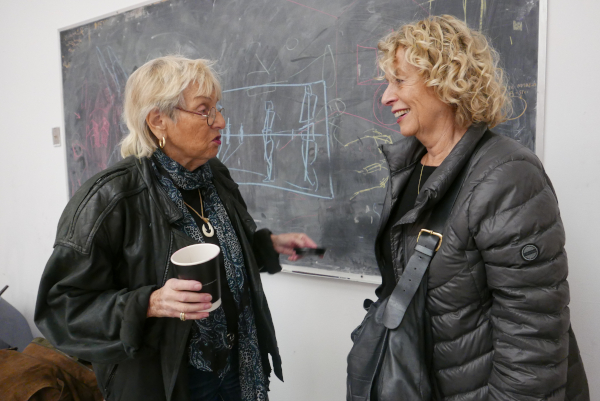
Some time ago, I was puzzling over the apparent diversity in subject matter in all of my films, when it struck me that what united them was that they were almost all stories of idealists with unshakable commitments to their cause – whether it was in the realm of politics or of art. Although the subject matter is sometimes ostensibly more “political,” the films are humanistic portraits of individuals situated in their corner of history.
The single most important lesson that came out of those earth-shaking years of the women’s movement in the early ’70s is that “the personal is political.” What goes on in the kitchen and the bedroom is just as important as what happens on the battlefield or in the halls of government. Those lessons have never left me, and have informed everything I have done since. So while critics and old-timers are arguing pedantically about the accuracy of The Trial of the Chicago 7, I have to say that it captures the spirit of the times, the revolutionary fervor that inspired us to challenge the institutions and hierarchy and injustices all around us. The struggle continues, as we are reminded daily.


